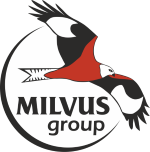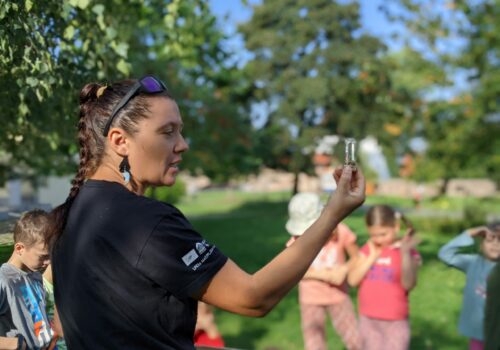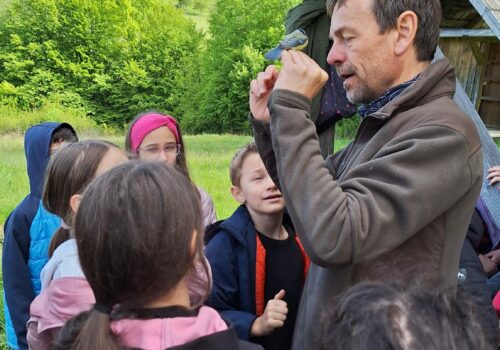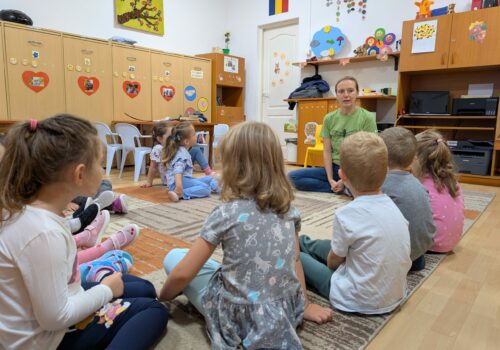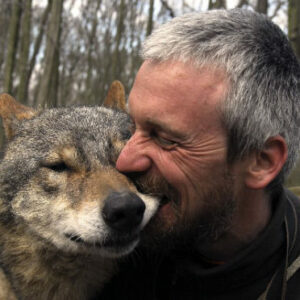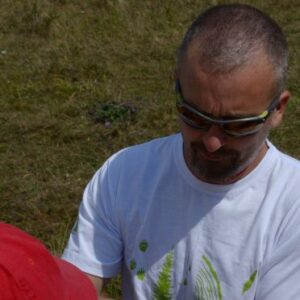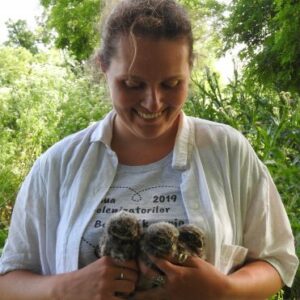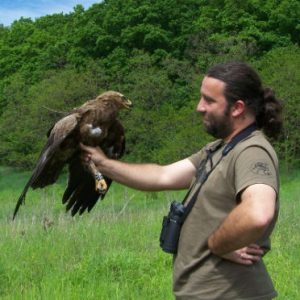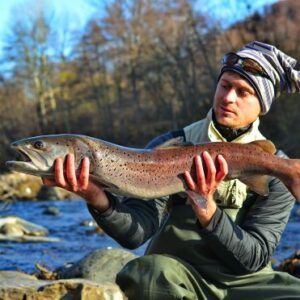Attentive eyes followed instructor Andrea Miholcsa as she illustrated different types of bird beaks using pictures and other educational tools. The children of … kindergarten are already quite familiar with the environmental education activities of the Milvus Group, as they regularly participate in them, and this is evident in the knowledge of even the youngest children. They can already recognise many bird species from pictures and even knew which continent the storks had returned from.
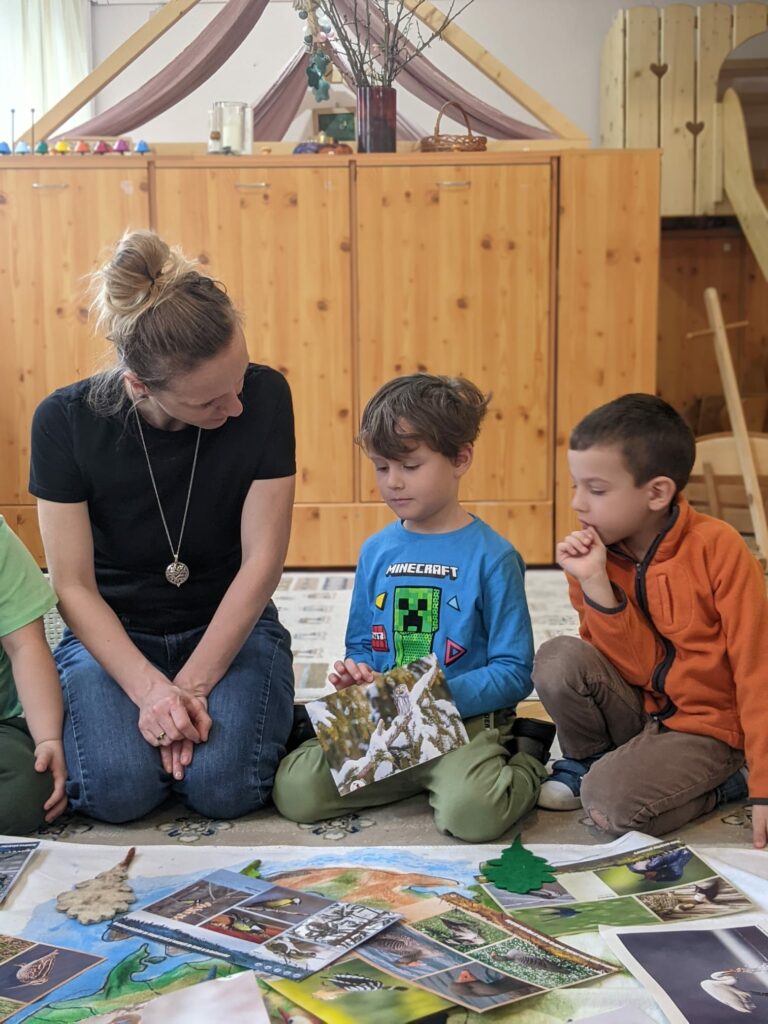
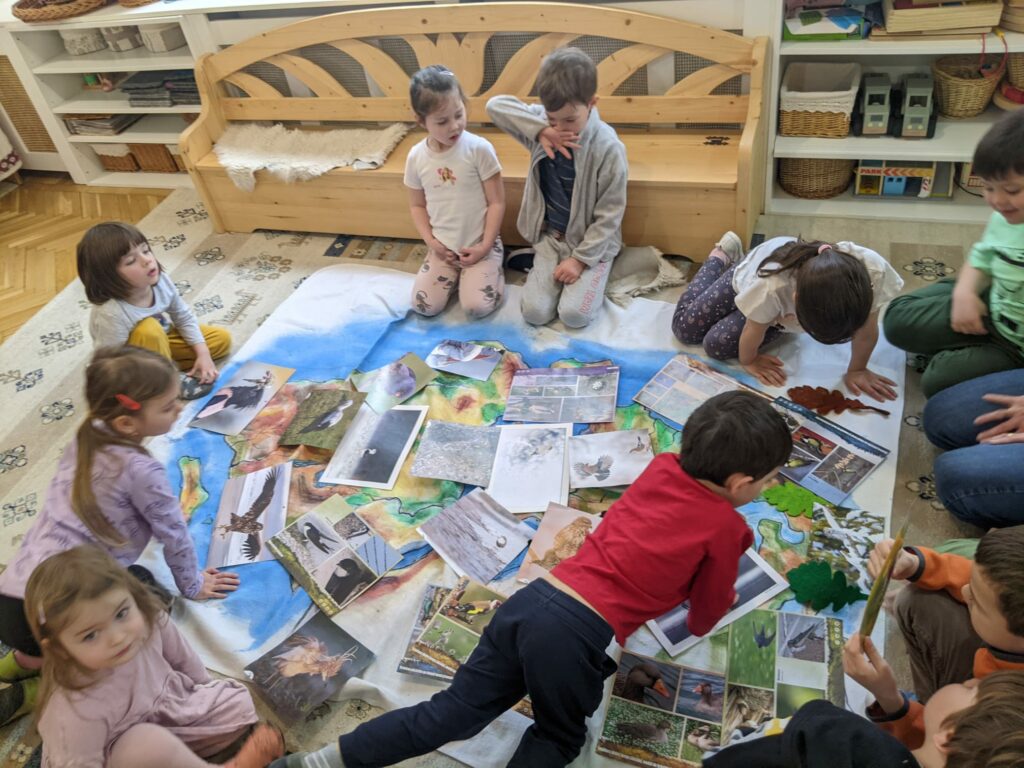
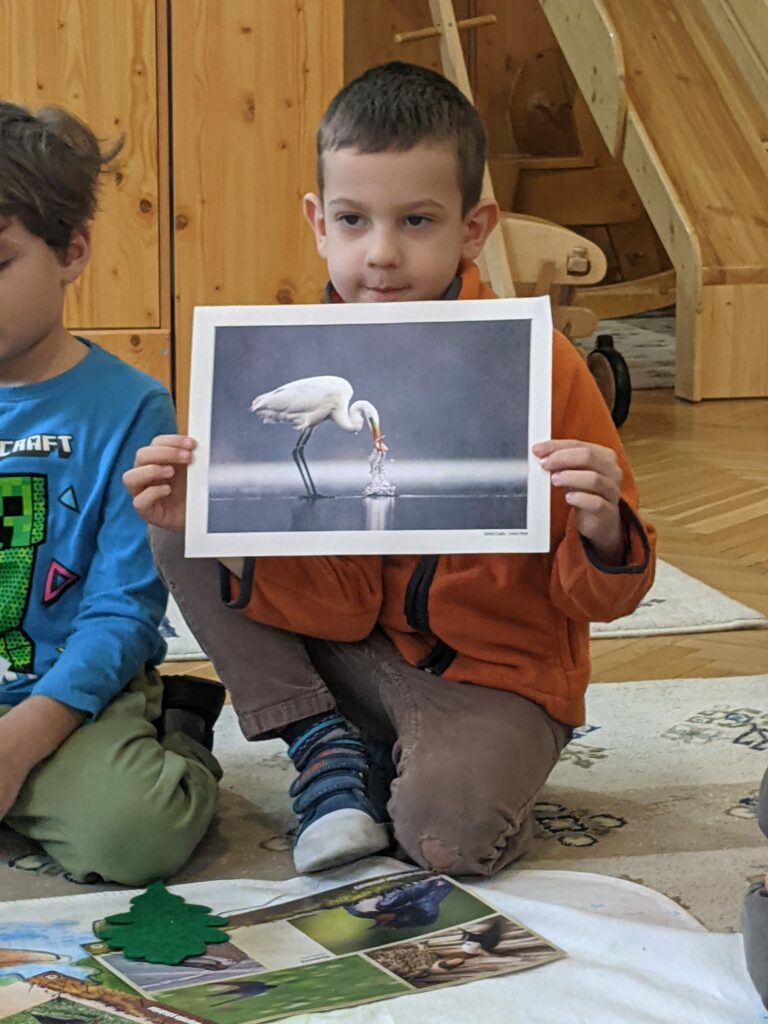
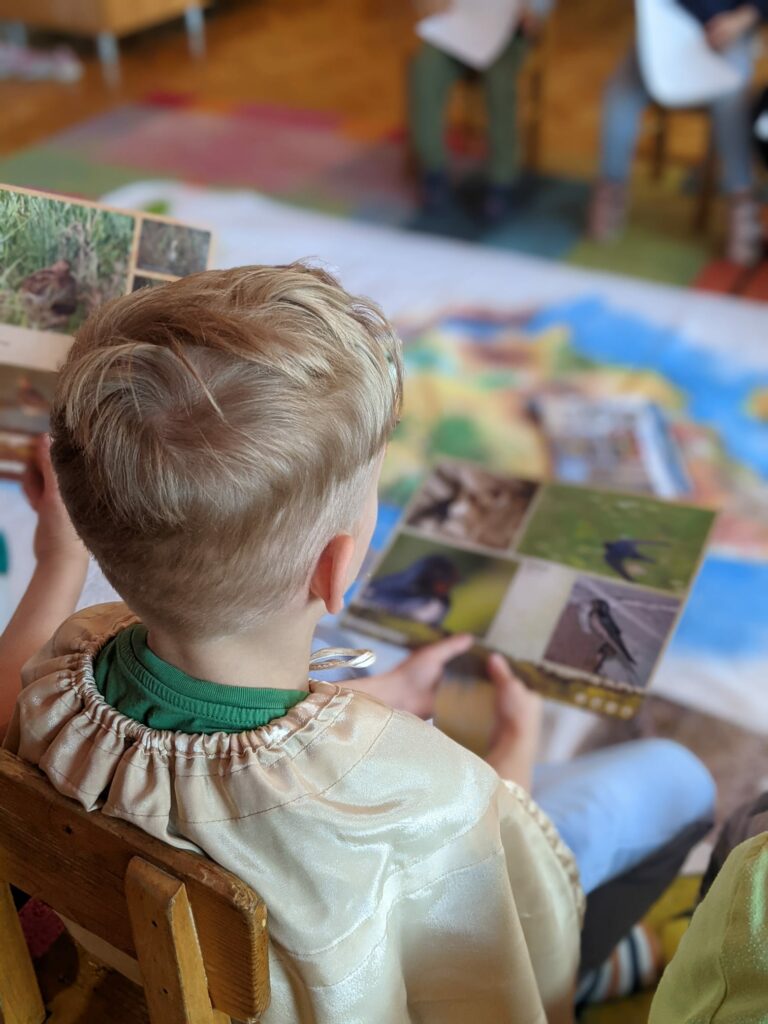
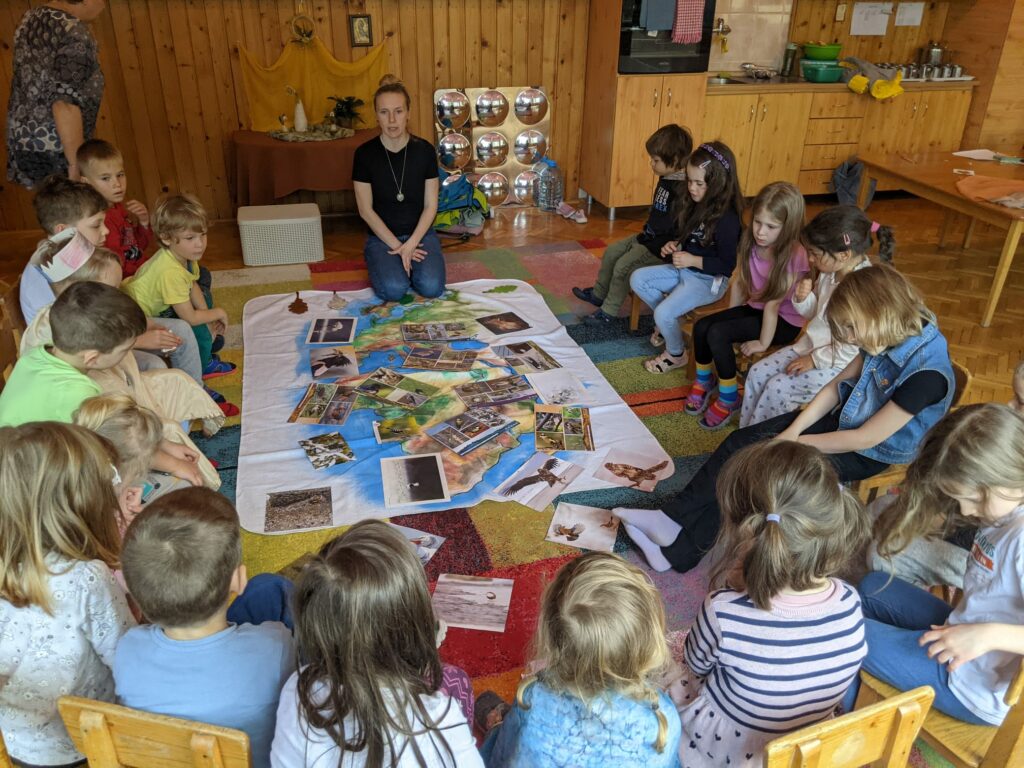
But why is it important to learn about the different types of beaks in the bird world? Just think of the tiny beak of the swallow, the pelican’s pouch-like beak, or the hooked beak of the white-tailed eagle to see the striking differences. We can observe the signs of adaptation, which indicate the type of food consumed. The diversity of beak types ensures that food resources are distributed efficiently.
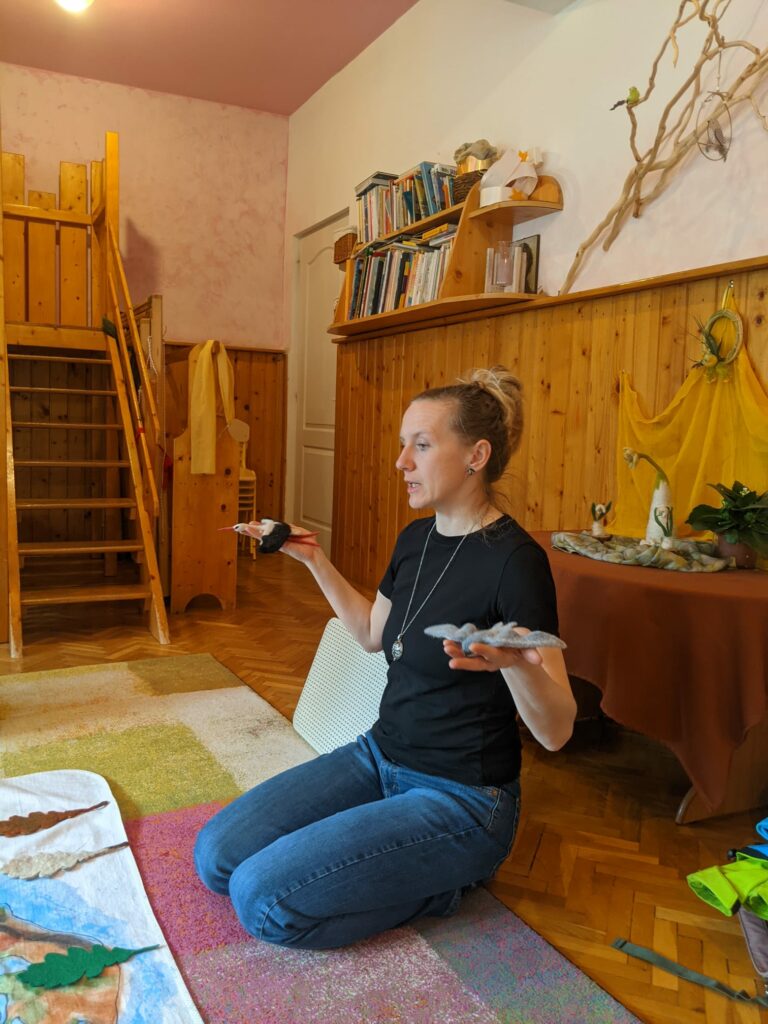
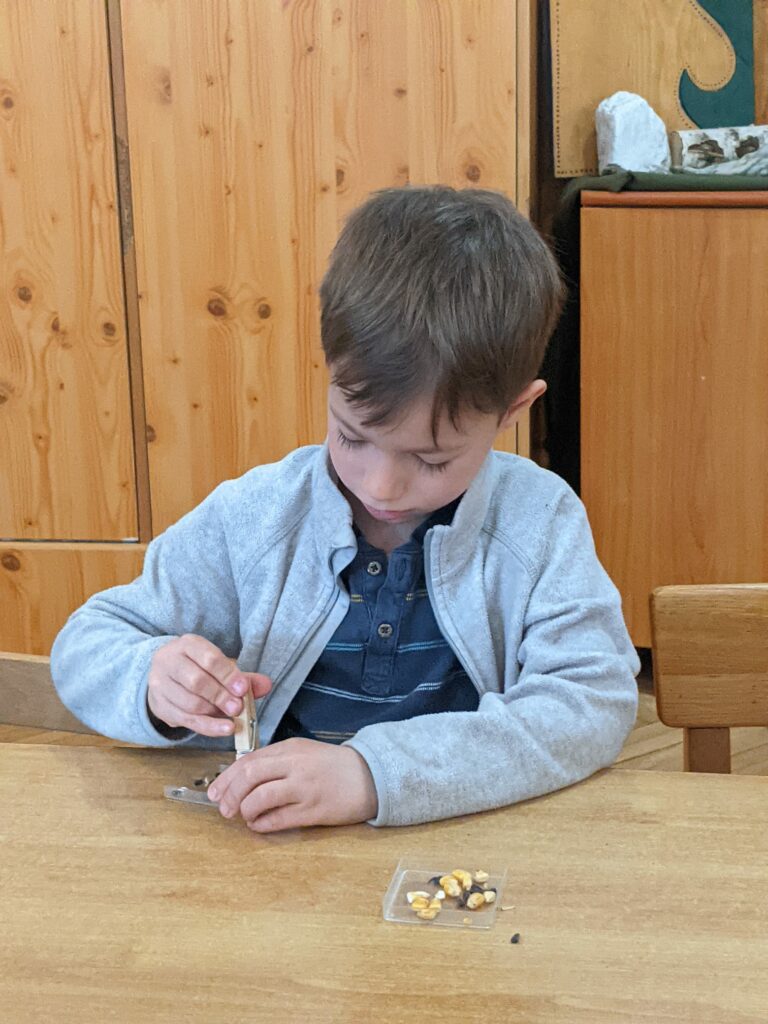

The children experienced the differences between beak types through practical activities. A high level of concentration was needed to collect seeds, insects, “worms,” or small crustaceans. Through the fine coordination of their hands, fingers, and eyes, they successfully completed the task. Our activity helps develop fine motor skills, which are essential for learning to write.
